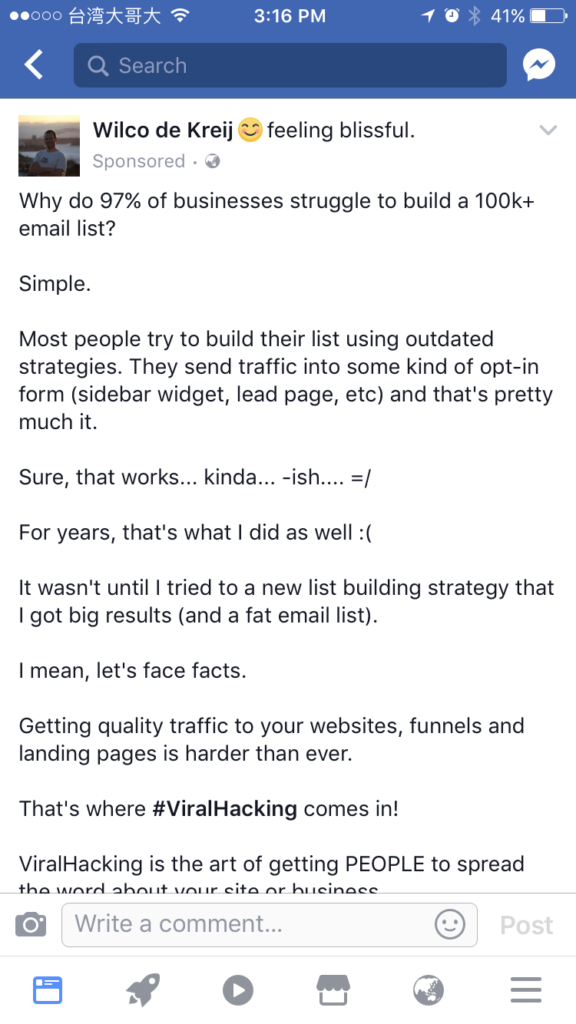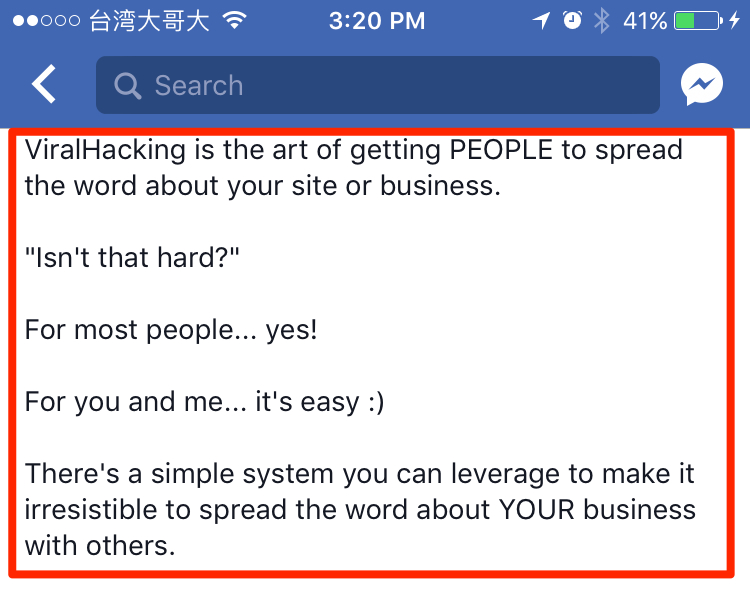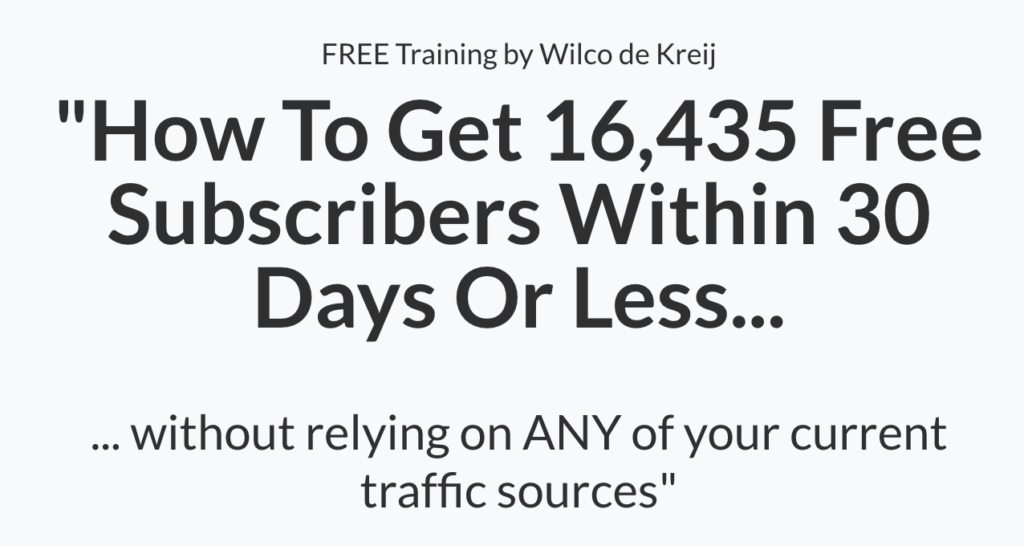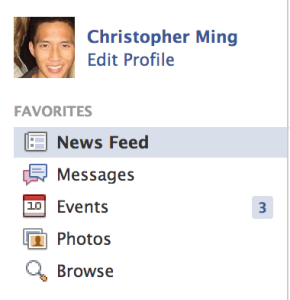Last updated on November 3rd, 2021 at 03:24 am
As I mentioned, I’ve been reading Sheryl Sandberg’s LEAN IN. There are parts that feel too much like a gender studies class (though, what did I expect?) but there are more than plenty of insights into the mind of Facebook’s COO for us to apply at work and at home. This is doubly true if both partners in a relationship (I hate to use the phrase, “Type-A”) have ambitious career trajectories.
My highlights below, with my notes in italics.
We hold ourselves back in ways both big and small, by lacking self-confidence, by not raising our hands, and by pulling back when we should be leaning in.
*how many times in a pitch, or in talking to someone, did I feel this way? The moment I felt like I may be imposing, I pulled back. Lean in more.
I rarely heard anything, however, about the ways I might hold myself back. These internal obstacles deserve a lot more attention.
*her message is: work on yourself, too. It’s not just the institution. Work on what you can control and it’ll reflect in the world around you. Similar to what Ramit says about getting a job — don’t focus on the state of the economy. Focus on how you can have good skills and can convey your value.
I do not believe that there is one definition of success or happiness. Not all women want career. Not all women want children. Not all women want both.
*After discussion with Amy: having an equal 50-50 split on household chores or whatever, isn’t what’s important. Instead, focus on having a common goal. Working towards a common purpose and both people having a clear understanding what that is and working towards. Also, respect and gratitude for the work that the other person does.
I have heard these criticisms in the past and I know that I will hear them — and others — in the future. My hope is that my message will be judged on its merits. We can’t avoid this conversation. This issue transcends all of us.
*On dealing with criticism. You will deal with it, because your message will not resonate with everyone. But you can only hope that the message will be judged on its merits, no more no less.
By the age of twenty-five, I had managed to get married… and also divorced. At the time, this felt like a massive personal and public failure. For many years, I del that no matter what I accomplished professionally, it paled in comparison to the scarlet letter D stitched on my chest.
*She suffered this major personal failure (in her eyes) at such an early age, yet she learned to overcome it.
pg. 46 “Damn it, Sheryl! Why are you going to make less than any man would make to do the same job?”
On how Sheryl wrapped her head around the idea that she needed to negotiate against Zuckerberg during her FB negotiations.
pg. 51 Mark and I sat down for my first formal review. One of the things he told me was that my desire to be liked by everyone would old me back. He said that when you want to change things, you can’t please everyone. If you do please everyone, you aren’t making enough progress. Mark was right.
pg. 54 Sheryl discusses her career trajectory which is pretty interesting
pg. 58 Eric Schmidt covered my spreadsheet with his hand and told me not to be an idiot. Then he explained that only one criterion mattered when picking a job — fast growth. When companies grow quickly, there are more things to do than there are people to do them. When companies grow slowly or stop growing, there is less to do and too many people to not be doing them.
First and most important, I set targets for what my team can accomplish. Second, I try to set more personal goals for learning new skills in the next eighteen months. It’s often painful, but I ask myself, “How can I improve?”
Oprah Winfrey once explained, “I mentor when I see something and say, ‘I want to see that grow.'”
The men were focusing on how to manage a business, and the women were focusing on how to manage a career.
We need to stop telling them, “Get a mentor and you will excel.” Instead, we need to tell them, “Excel and you will get a mentor.”
Every so often, Clara Sihih would contact me, always with an interesting point or a thoughtful question. She never asked to get together to “catch up.”
Josh Steiner told me to figure out what I wanted to do before I went to see the people who had the ability to hire me. That way I wouldn’t waste my one shot seeking general guidance, but would be able to discuss specific opportunities that they could offer.
pg. 77 On communication
Molly Graham’s approach: Molly joined FB in 2008 and held a number of jobs throughout the company in communications, human resources, and mobile products. She performed extraordinarily well in all of these very different trolls because she is always learning… I praised her effort. She paused and said, “Thanks, but you must have ideas for me on what more I could have done.”
“How can I do better?”
“What am I doing that I don’t know?”
“What am I not doing that I don’t see?”
I understand how easy it is tostop asking yourself this question. You get frustrated with your bosses and your work.
Which is why if you’re even doing this just once a month, for the rest of your career, how much more of an impact will you have over the next person?
pg. 99 Leaving work force statistics
pg. 105 “How is Dave? Is he okay with, you know, all your [whispering] success?”
pg. 126 “up until the day they left, they did everything McKinsey asked of them before deciding that it was too much. Larry implored us to exert more control over our careers. He said McKinsey would never stop making demands on our time, so it was up to us to decide what we were willing to do. It was our responsibility to draw the line.”
pg. 131, General Colin Powell “rejects busy bastards… In every senior job I’ve had I’ve tried to create an environment of professionalism and the very highest standards. When it was necessary to get a job done, I expected my subordinates to work around the clock. When that was not necessary, I wanted them to work normal hours, go home at a decent time, play with the kids… I am paying them for the quality of their work, not for the hours they work.
pg. 134 Stay-at-home Mom statistics. In 1975 SaH Mom spent 11 hours / week with kids. Today, a working mother spends that much time, and a SaH spends 18 hours with kids / week.
pg. 146 Inside FB, few people noticed my TEDTalk, and those who did responded positively. But outside of FB, the criticism started to roll in. ‘Why are you giving more speeches on women’s issues than on FB?’ ‘This is your thing now?’
If you do anything different, criticism will roll in. Accept that idea now. Just accept that the criticism is going to come in, so that you can go back to doing important work.
Photo Credit: Dan Farber













